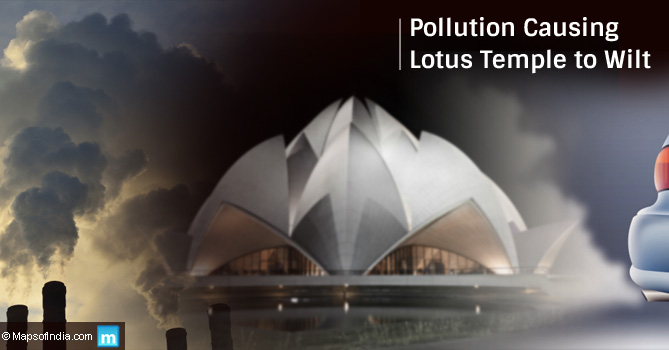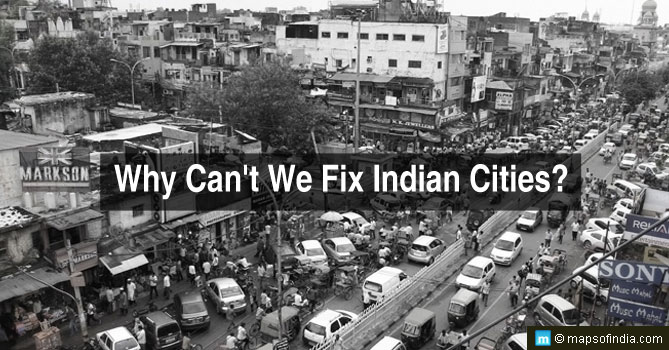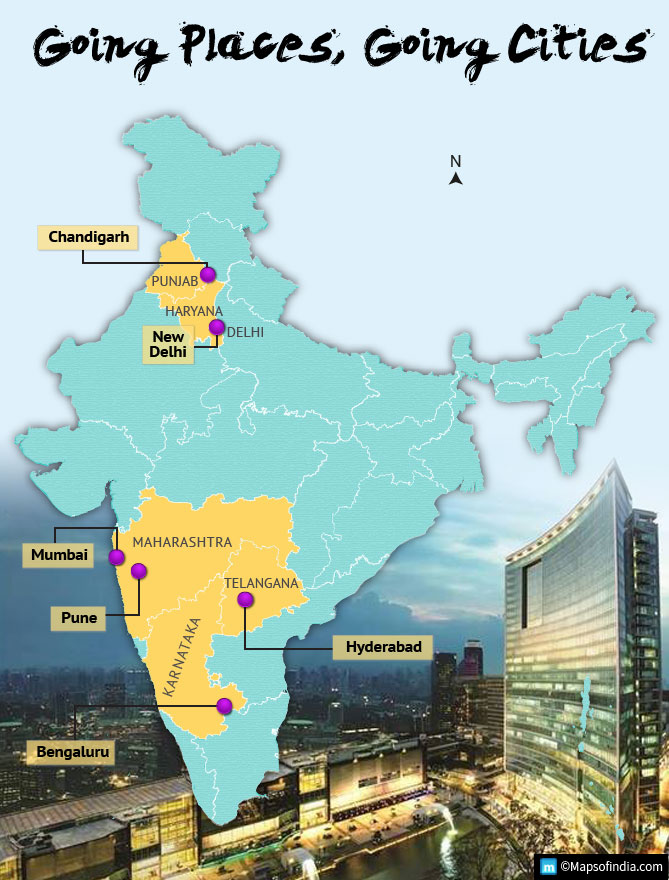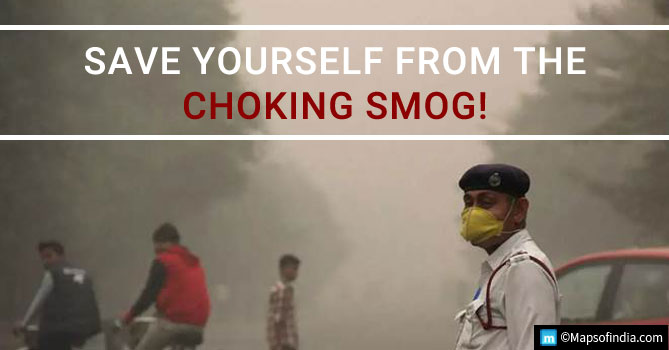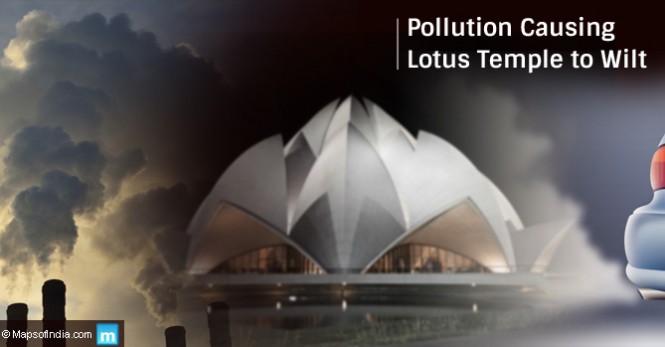 India, at global level, is talked about for its poor air quality, especially, in its metropolitan cities. Burgeoning population, overuse of limited resources, increasing number of vehicles and industries are leading to a rise in particulate matter pollution and deteriorating air quality. The World Health Organization had conducted a study and collected average PM2.5 level for 1600 cities across the world in 2014 including 124 cities from India. The study found out that Delhi, which is the fifth-most populated metropolis in the world, had the worst air quality. Twelve other Indian cities among top 20 were: Patna, Gwalior, Raipur, Ahmedabad, Lucknow, Firozabad, Kanpur, Amritsar, Ludhiana, Allahabad, Agra and Khanna.
India, at global level, is talked about for its poor air quality, especially, in its metropolitan cities. Burgeoning population, overuse of limited resources, increasing number of vehicles and industries are leading to a rise in particulate matter pollution and deteriorating air quality. The World Health Organization had conducted a study and collected average PM2.5 level for 1600 cities across the world in 2014 including 124 cities from India. The study found out that Delhi, which is the fifth-most populated metropolis in the world, had the worst air quality. Twelve other Indian cities among top 20 were: Patna, Gwalior, Raipur, Ahmedabad, Lucknow, Firozabad, Kanpur, Amritsar, Ludhiana, Allahabad, Agra and Khanna.
In most of the studies it has been revealed that air pollution leads to respiratory problems. The Central Pollution Control Board in 2008, conducted a comprehensive study in this regard and found out that Delhiites had 1.7 times higher prevalence of respiratory symptoms as compared to people living in rural areas where pollution is not high.
What Air Pollution is Doing to Delhi’s Architecture?
Air pollution is not only impacting the health but also the iconic monuments in Delhi. Toxicity in air is damaging the heritage monuments such as Red Fort, Lotus Temple and Qutub Minar.
The impact of pollution can be seen on the Lotus Temple, the Bahá’í House of Worship . This pristine white structure, made of porous Pentelikon marble, is turning grey and has started corroding because of heavy vehicular pollution in South Delhi, the area where the temple is located. PM2.5 level, an indicator of air pollution, remains over 200 in South Delhi, which is much worse than the air quality index between 121-250, which is considered ‘very poor.’
A commission appointed by the National Green Tribunal (NGT) reported that the vehicular traffic is impacting the structure and turning some stones to yellow. Monument deterioration occurs through physical, biological and chemical processes. It has been observed that the slum inhabitants burn rubber and plastics during winter.
Moreover, the Badarpur power plant emits gas and fly ash on a regular basis. All these add to the problem.
Lotus temple, built in 1986, is an architectural marvel and has won numerous awards. Known for its flowerlike structure, the temple is visited by about 56 lakh people every year. The beautiful monument has 27 free-standing white marble-clad petals and 40-m tall central hall to accommodate 2,500 people at a time.
Vehicles and industries produce pollutants like sulphur dioxide and nitrogen dioxide, which react with moist air to form acid. This acid, in an irreversible process, corrodes the marble causing the discolouring and creation of holes. As per the Indian National Trust for Art and Cultural Heritage (INTACH), the same has happened with Taj Mahal and now happening to Lotus temple.
What Steps Have Been Taken to Control Pollution?
Nehru place is a commercial zone and witnesses high volume of vehicular movement. Severe traffic congestion during business hours causes lots of emissions. This is damaging air quality around monuments.
In an attempt to reduce vehicular air pollution, the NGT has taken a step. It has banned all the diesel vehicles of more than 10 years old from plying in Delhi. It is expected that about 10 lakh vehicles will be now off the road, especially, taxis. Government must take steps of this magnitude to protect the city and its historic monuments.
Read More:
Most Polluted Cities in India
Air Pollution in Delhi is Caused by Vehicles
Pollution in Delhi: Industrial Units Choking Residential Areas
Plastic Pollution: A Threat to Ecosystem
Air pollution in India
Pollution in Delhi
River Pollution in India
Pollution Control in India

